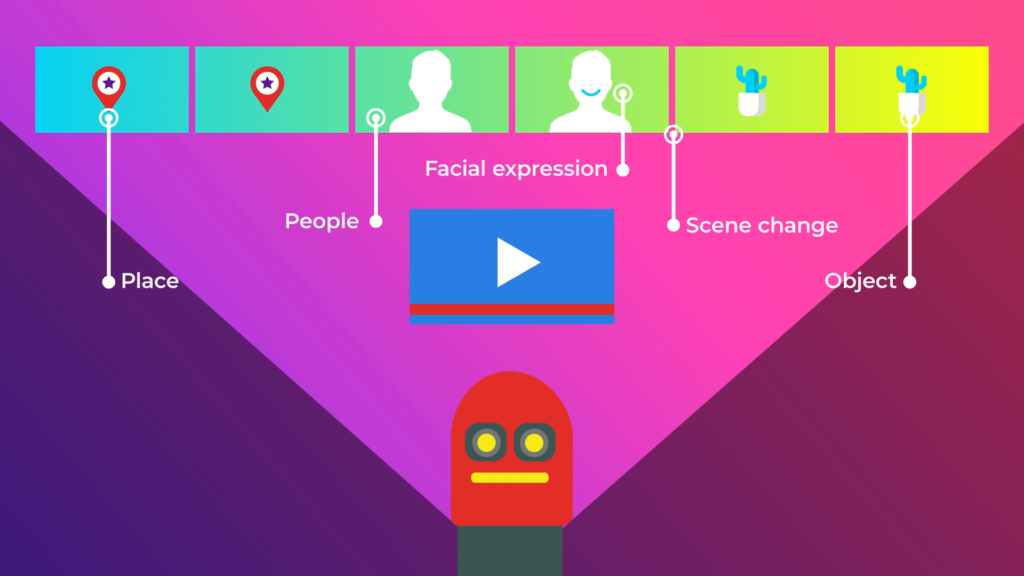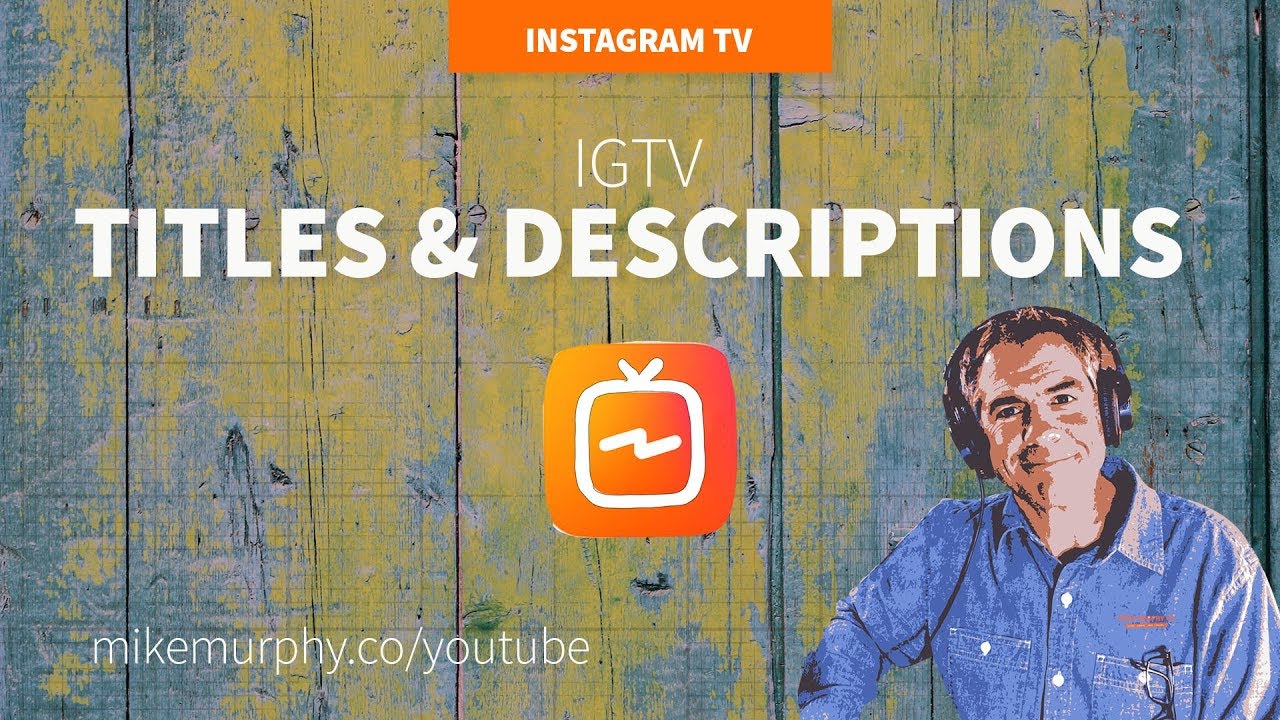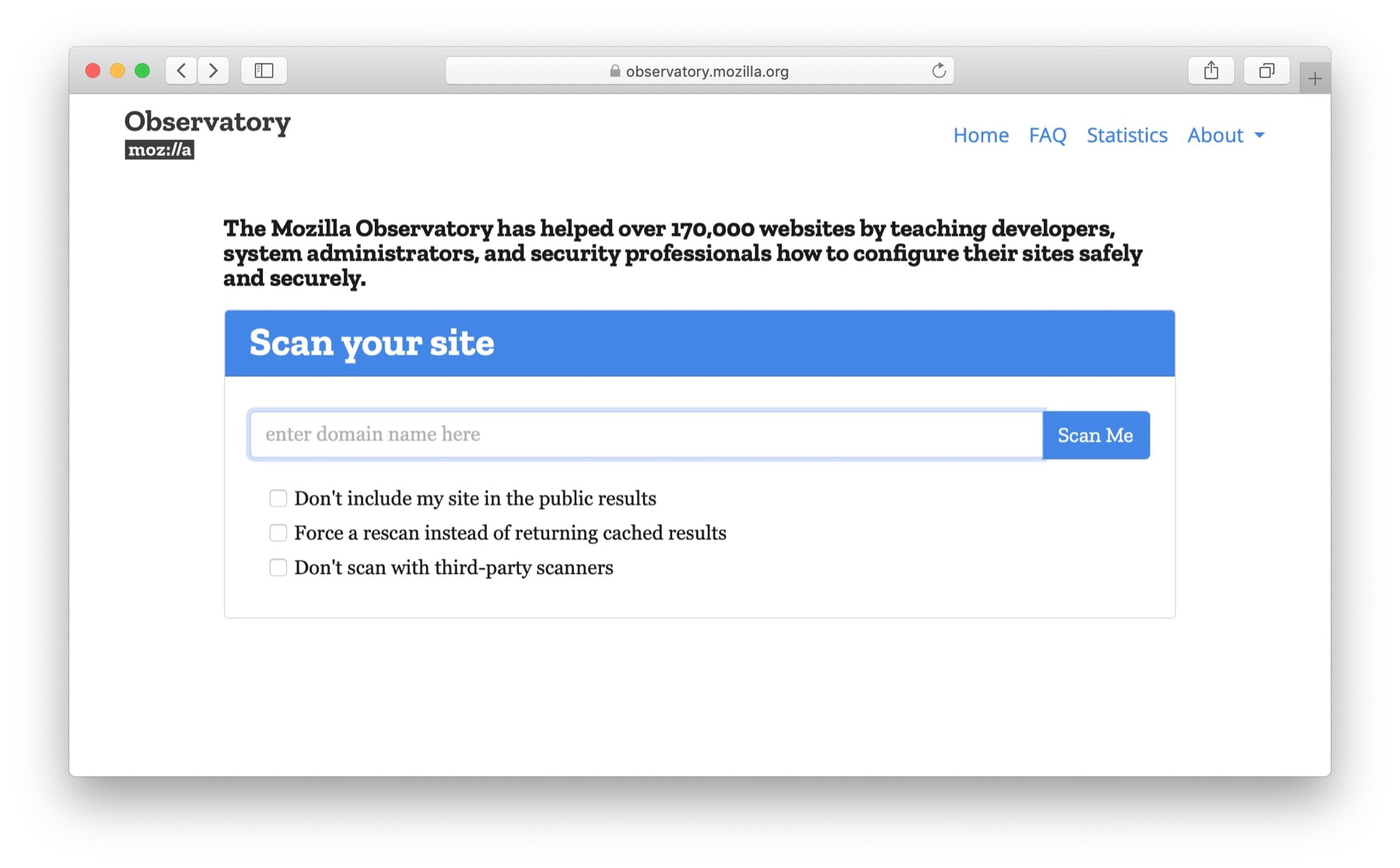
There are many benefits of contextual advertising. Contextual advertising is able to reach users in a more open mindset. You can see that a user browsing content on a specific topic is more interested in purchasing the product. This allows you to target these users with relevant ads that are relevant to their immediate intent. This is an important differentiator in advertising. Contextual advertising has three key benefits that you can harness to make your advertising more powerful.
Contextual advertising has the best benefit: they provide a seamless user-experience. Contextual ads are more effective at driving engagement and they are also more memorable and more memorable than other types of ads. Visual media combined with contextual targeting strategy results in a 3.5x increase in view quality. This is because contextual algorithms favor long-form, high quality content and increase publisher revenue. Advertisers are attracted to these websites by contextual ads.

Additionally, contextual advertising allows marketers the ability to display relevant ads based on user behaviour and interests. In addition, it is cheaper and easier to implement for small businesses and startups. Any industry can display contextual ads as long the website using it does not base its behavior on their users. How can you make context advertising more efficient? Here are a few benefits. It makes advertising more relevant and targeted.
One example of contextual advertising is when a company advertises a product. If a user searches for a product that is related to skincare, they will see the ad right next to the article. Similar to a car parts shop, they could also use keyword-based contextual marketing to promote their product. Facebook, however, does not offer this feature. It can only target certain keywords and topics. So, how can brands benefit from contextual advertising?
Another advantage of contextual advertising is that it respects privacy. Contrary to traditional advertising, contextual advertising doesn't require cookies or any other tracking mechanism to track users. It can also help advertisers spend more efficiently by focusing on user behavior and not cookies or third-party information. It can even help publishers to allocate their marketing budgets more efficiently. But contextual advertising may not always be as targeted or efficient as they would have liked. For this reason, it's best to make use of contextual advertising to improve the user experience.

Another advantage of contextual advertising is its personalization. Instead of showing the same ads to everyone, contextual advertisers can target users based on their preferences and behaviors. For example, a user who pauses an on-demand video to head to the bathroom will be shown an ad for Diet Coke. The same goes for a user who is browsing a particular topic and sees a product ad while looking at a blog post about baking. This increases sales.
Not only do contextual ads display ads with relevant content, but they also use a demand-side marketplace. First, contextual advertisers define the parameters that will be used to display ads. These parameters could be topics or keywords. Keywords allow them to target the right audience. Most contextual ads contain between five to fifty keywords. These keywords enable the advertisers to get more precise results. If you are an automotive publisher, these keywords should be used in your ad campaigns.
FAQ
What are the 7 Steps of Content Marketing?
The seven-step process of content marketing involves:
-
Identify the problem
-
Learn more about what's happening now
-
Get new ideas
-
Turn them into strategies
-
Test them
-
Get the best results
-
Keep going until you find the right solution.
This strategy is practical for both large and small businesses.
Is Content Marketing Strategy right?
If you already know the message you are trying to convey, then a Content Marketing Strategy may be right for you.
Here are some questions to ask to get you started.
What does my business need to communicate? Or am I looking to create content that resonates across a range of audiences?
Is it better to generate leads or convert visitors into buyers?
Are you trying to promote one or multiple products?
Are you interested in connecting with people outside my industry?
A Content Marketing strategy will be the right choice if you answered yes to any of these questions.
What is Content Strategist, and what does it do?
Content strategists help brands tell stories through engaging messages that are emotionally connected to their audience. They are storytellers who help brands tell brand stories that motivate people to act.
Content strategists have the ability to develop strategies that attract current and future customers. For example, they use storytelling and data analytics to create compelling experiences that will inspire customers to visit stores, buy goods, and share their enthusiasm online.
They are also able to integrate social media platforms in these campaigns. They also use technology tools like virtual reality and video to create powerful customer experiences.
A content strategist is responsible for translating these ideas into concrete plans that marketers can implement. This includes creating content that can be used on different media (such as television or print), and developing creative briefs. Budget management is also an important part of the job.
Content marketing is expensive.
It all depends on how big your business is and where you are at. Many start-ups don't have the resources to invest in marketing. As they grow, small businesses realize the importance of a solid content marketing strategy to increase sales and customer engagement.
A content marketing agency or freelancer can provide a broad range of tools, expertise and support. These professionals can help identify problems and opportunities within your organization to guide the development of your content marketing program.
A content marketing strategy that works will make you money while also allowing you to invest elsewhere in your business.
Statistics
- According to research compiled by Coschedule: Companies that publish 16+ blog posts a month get as much as 3.5x as much traffic as those that publish 0-4 posts a month. (criteo.com)
- Forty-seven percent of buyers view 3 to 5 pieces of content before engaging with a sales representative. (mailchimp.com)
- This marketing strategy landed Ford a 15.4% conversion rate. (neilpatel.com)
- Measure your goals with a progress indicator of 0-100%. Make your goals collaborative and transparent (semrush.com)
- Companies that use content marketing see approximately 30% higher growth rates than businesses not using it. (mailchimp.com)
- According to our research, 65% of companies with very successful content marketing in 2021 ran content audits at least twice a year. (semrush.com)
- Content marketing produces 3X more leads per dollar spent. Content marketing costs 62% less than traditional marketing. (criteo.com)
- To further show the importance of this, 89% of people have stopped doing business with a company because of a poor experience. (neilpatel.com)
External Links
How To
What are the top content marketing platforms available?
Every industry is different, so there's no single platform that will work for everyone. But most industries have at the very least one tool they like to use. Hubspot is a popular tool among marketers because it has been proven to increase conversions by 50%.
But not all tools are created equal. Some tools offer better analytics tracking while others make it easier to collaborate between teams. Others offer A/B testing features that can help improve your content marketing ROI.
Before you decide on a platform, think about the following: What are their pros and cons? Will it meet my needs now? What about 2 years from now?
Entrepreneur Magazine's top five content marketing platforms are listed below.
Marketo Content Studio is the #1 Content Marketing Platform
Marketo, a software company that provides enterprise social media management software, is available. It provides a variety of products and services including CRM software, social media publishing tools, and analytics dashboards.
The company also offers a content studio, which gives businesses access to pre-made templates and graphics. These can then be modified into customized designs.
This means you don't have to spend hours designing new graphics or writing unique pieces of content. Instead, you can instead focus on creating compelling content that speaks directly and effectively to your target audience.
Marketo makes it easy to include images and videos in your blog posts. This visually enhances your blog posts and increases reader engagement.
The downside is that if you want to edit your video or image files, you'll have to upload them to Marketo first.
Trello is the Content Marketing Platform#2
Trello is similar in concept to Kanban boards, which are used for project management. They both feature lists of tasks on which users can assign and monitor progress.
Trello allows you create individual boards for each member of your team and assign them specific responsibilities. It also provides a convenient workflow for sharing information between workers.
Trello isn't dependent on any special software, unlike Kanban boards. So you can use it on virtually any device.
Trello makes it possible to invite people to collaborate on projects.
You can also create a private board to share only the essential information to the people who are required to complete a task.
Google Suite - Content Marketing Platform 3
Google offers a range of products tailored to business owners. Google Docs, Sheets and Slides are all part of the company's G Suite.
These applications are not free. You'll need to pay per user. Many plans start at $5 per user if you want to use them for multiple purposes.
For example, if you want to create a document and embed a link from another website, you would need to purchase two licenses.
However, if only one document is needed, you will be able to create it free of charge.
Google tools have the advantage of being compatible with Gmail and other applications. Google tools allow you to easily email documents and save data in Google Drive.
Hubspot Content Management Platform 4
HubSpot has a great reputation as a web-based advertising tool. It offers many functions.
It allows users to manage many aspects of their blogs, landing pages and websites through the platform. For instance, they can create automated emails and track conversions.
HubSpot can also be integrated with Salesforce or WordPress so you can connect to all three.
HubSpot integrates with more than 200 third-party applications. This is one of its most important features. This allows you to automate processes and create reports based upon real-time data.
Although you will not be able publish content directly through HubSpot, it is possible to export it in many formats including HTML, PDF and Word.
When it comes to pricing, HubSpot offers a free trial version. You get unlimited access to all content once you upgrade to a paid account.
HubSpot offers a variety of solutions, including a blog platform and an eCommerce solution.